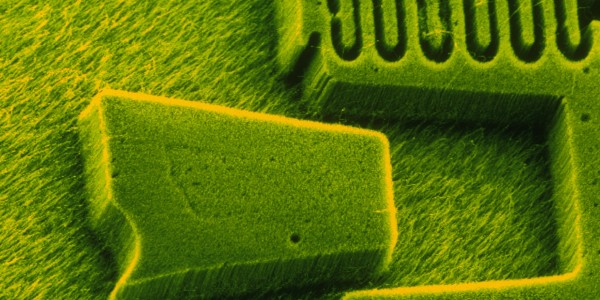Manufacturing technology is pretty remarkable. Even technologies like motion control that have been around for ages are still impressive when you stop to think about them. But it’s the new and emerging technologies that can be truly astonishing.
Nanotechnology, for example, is so incredible that it was deemed to be science fiction as recently as 30 years ago. Many credit physicist Richard Feynman as the father of nanotechnology. He had this idea of billions of tiny little factories manufacturing simultaneously.
Erin Drexler popularized the term, “nanotechnology” in the 1980’s, when he described building machines, robotics, and computers on a molecular scale. However, the thought of entire systems being built smaller than cells seemed too preposterous for many, and they deemed the notion of nanotechnology science fiction rather than factual science.
Today, nanotechnology is being used to improve and advance many technological and industrial sectors. Although the exact definition of nanotechnology might have changed slightly, the concept is still the same.
Nanotechnology encompasses things built on the nanoscale, which is between 1 and 100 nanometers. To put that into context, the average width of a human hair is around 100 micrometers. 1 micrometer is the equivalent of 1,000 nanometers. So, the width of a human hair is one hundred thousand times larger than things on the nanoscale.
There are many fields benefiting from nanotechnology, including manufacturing. Manufacturing at the nanoscale is called nanomanufacturing.
There are two basic methods of nanomanufacturing. One is top-down which is like traditional manufacturing in that it involves the removal of materials to create things on a nanolevel. The other method is bottom-up, which involves building things from materials and components at the nanoscale.
Nanomanufacturing also lends itself to some exciting technologies like self-assembly manufacturing and roll-to-roll processing (mass production of nanostructures on rolls of material).
Nanomanufacturing is a relatively new technology, but it’s already making a big impact on the industry. It will be interesting to see what changes nanomanufacturing and nanotechnology will bring in the future.
